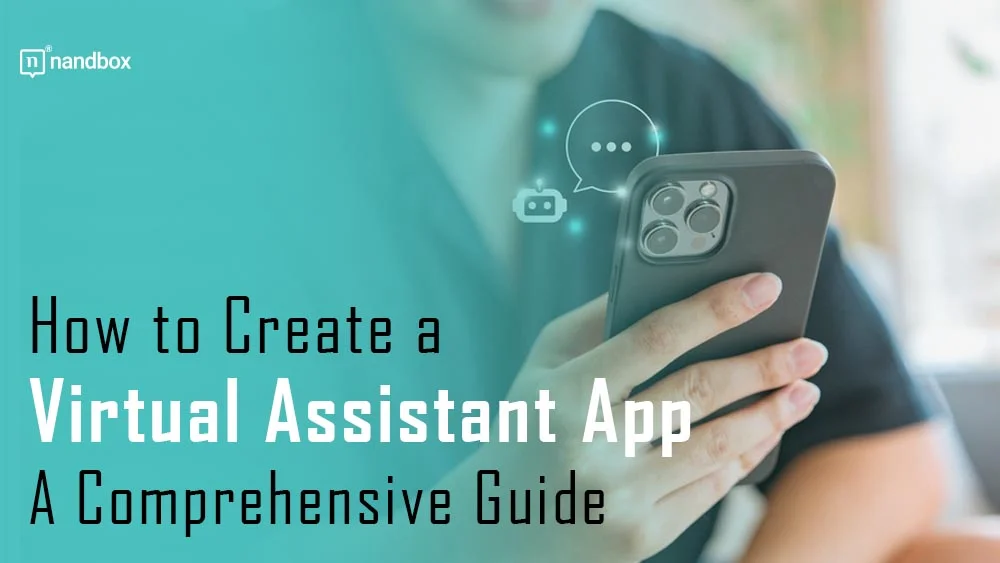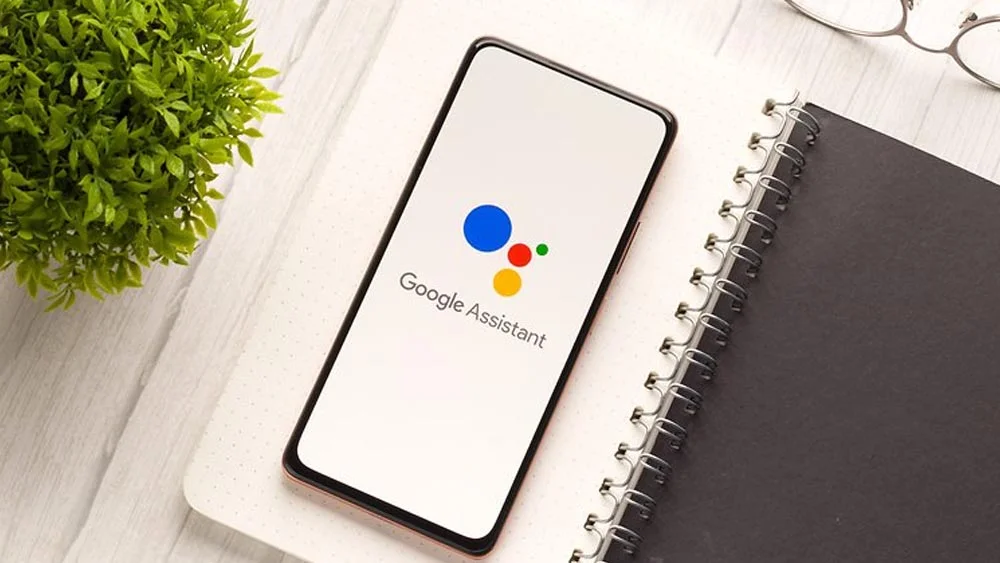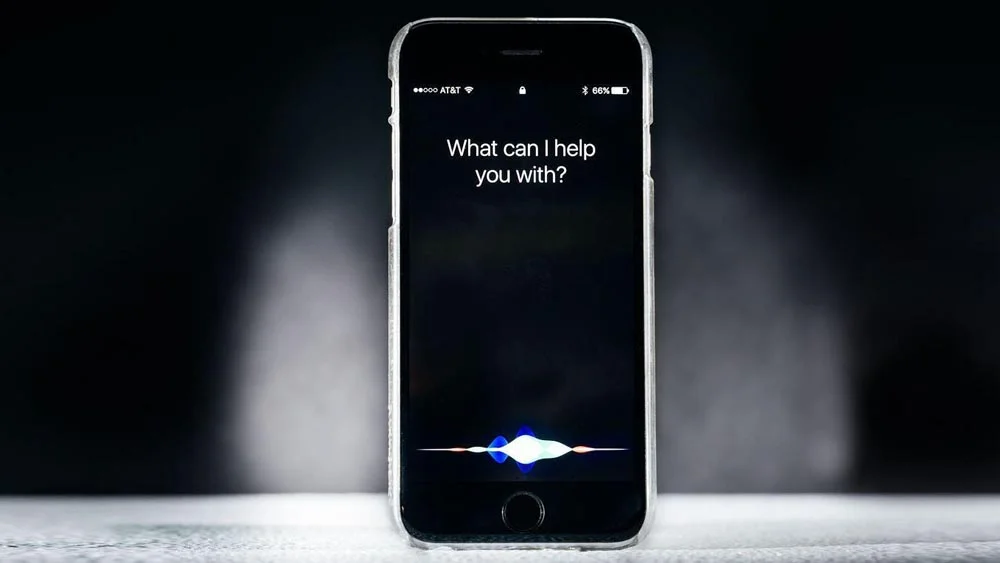Creating a Virtual Assistant App: What You Need to Know
Just like in sci-fi movies, we now have our own virtual friends, companions, and assistants. This was once completely impossible to attain. However, with the major technological advancements and the tech boom that is going on in the world, this is 100 percent true. People can easily ask their mobile phones to set up a meeting for them at a specific time and location, and the phone will respond. Well, it is not exactly the phone; it is the virtual assistance app. You can now say, “Alexa, play Radiohead,” and instantly music is blasting through the speakers. All this and even more are possible with virtual assistance apps. In this article, we’ll dive deep into this advanced category of apps. We will also show you how to create a virtual assistant app seamlessly.
What Is a Virtual Assistant App?
A virtual assistant app is exactly what the name implies. It is a comprehensive assistance app that streamlines, automates, and can accomplish your tasks on your behalf. All virtual assistant apps operate using voice commands. Meaning that they communicate with users by talking and engaging in conversation. Yes, they have their voices and everything. But luckily, they can’t develop feelings or anything; it is not a Samantha and Theodore scenario. Many virtual assistance apps are very basic and limited when it comes to what they accomplish. For instance, some apps can only play music, set an event on the calendar, and so on. Keep in mind that virtual assistance apps are not limited to voice assistance; they are found in chatbots and domain-specific virtual assistants.
However, as the technologies responsible for creating virtual assistance apps progress, the functionalities and range of these apps also progress. But what are the technologies behind them? Let’s find out!
The Key Technologies Behind Virtual Assistance Apps
The two major technologies behind the innovative idea of virtual assistance apps are deep learning and artificial intelligence. Both artificial intelligence and machine learning are the dream team you didn’t know you needed. The two work in complete unison and provide software and applications with exceptional functionalities and perks. Machine learning for virtual assistant apps is responsible for the process of interpreting data and information and analyzing them. This means that it helps the app comprehend any input information from your side.
On the other hand, artificial intelligence and natural language processing technologies allow the application to recognize and execute these commands. NLP is also responsible for the process of communication between users and virtual assistants. There are other technologies involved in the process of creating virtual assistant apps, like computer vision, that allow virtual assistants to recognize forms of data other than voice. Text-to-speech, speech-to-text, text -to-video, deep learning, and natural language understanding are also major technologies used in the process.
How Could a Virtual Assistant App Help You?
Oh my, how could we start with the perks and advantages? There is no slight doubt that virtual assistance significantly helps users and improves their quality of life. Let me tell you why. You could easily improve your productivity and organization using a virtual assistant app. As they can help you set reminders and alarms, organize meetings and deadlines, and so on. This can help you stay on track with all your tasks and avoid leaving out or forgetting important ones.
Another perk that deep learning technology specifically provides virtual assistance with is recommendations. Since machine learning excels in the area of analyzing and identifying user behavior and patterns, it provides virtual assistant apps with powerful algorithms and offers accurate personal recommendations for movies, music, and so on. You can try it now and ask your virtual assistant app to recommend a movie to watch and see how the top picks match your preferences.
The last perk we are going to mention is that some virtual assistance apps allow you to control your house completely. Now, some home appliances, devices, and systems include integration with a virtual assistance app. This makes users control literally everything about their homes, like lights, security cameras, TVs, and even washing machines, using voice commands. So cool, right?
3 Best Virtual Assistant Apps to Use
There are several virtual assistant apps available, each with its own unique features and capabilities. Here are three of the best virtual assistant apps you can consider using:
Google Assistant
Google Assistant is among the most popular and extensively utilized virtual assistant applications. It is available on Android and iOS devices and can be accessed via voice activation or text input. Google Assistant is able to carry out a wide range of tasks, including responding to questions, making appointments, setting alerts, sending messages, making phone calls, playing music, and operating smart home devices. The app also offers personalized recommendations, which are extremely accurate.
Siri
Apple’s iOS devices feature Siri, a virtual assistant app. In comparison to Google Assistant, they are similar in responding to both voice and text commands to complete tasks. Siri is able to help with a wide variety of tasks, like making calls, arranging meetings, sharing ETAs, and so on. What makes Siri special is that it can respond to all sorts of questions, both basic and complex ones. It also has the ability to translate sentences into different languages.
Amazon Alexa
Alexa is Amazon’s virtual personal assistant app and probably the most advanced one. It is most commonly connected with its Echo smart speakers, which are sold separately. But, the Alexa mobile app allows you to use Alexa on your smartphone. Alexa can be used to manage smart home devices, play music, set appointments, address questions, offer weather forecasts, and place Amazon purchase orders. Additionally, it can be easily integrated with other third-party applications, which makes it ideal for most developers.
How to Create a Virtual Assistant App?
The process of creating a virtual assistant app seems to be a bit difficult. I mean, it includes incorporating many technologies, features, and functions. Well, we can’t say that it is not. However, with the following steps, the process of creating a virtual assistance app can be much more seamless and streamlined.
Define the Purpose and Features of Your Virtual Assistant App
A virtual assistant app’s goal and the functionality you wish to include should be clearly defined before development begins. Think about the features you’d like to see in your app and the benefits it will offer. Is it going to be a generic virtual assistant with the ability to answer inquiries and complete simple tasks, or will it have features uniquely positioned for a particular field? When you know what you want your app to accomplish, you can then begin working on its structure and design.
Design the User Interface and User Experience
An important part of making a useful and popular virtual assistant app is focusing on its user interface (UI) and user experience (UX). You should begin by either using prototyping tools or paper sketches to plan out the design and layout of your app. Think about where you’ll put things like bars and buttons so that users can navigate your site with ease. Your app’s image and target audience should influence your choice of color palette and typeface. Create a visually appealing and intuitive interface by being particularly attentive to elements like icon placements, space, and graphical elements. Prior to proceeding with development, it is recommended to do tests with the target audience to obtain feedback and make any necessary modifications. Take into account that your virtual assistant app’s success and user satisfaction are directly tied to the quality of its user interface and user experience.
Develop the Core Functionality of the Virtual Assistant
The next step after finalizing the look and feel of your virtual assistant app is to lay out and decide on its features. Incorporating natural language processing (NLP) algorithms for voice control and comprehension and machine learning algorithms to enhance the app’s capacity for learning and adjusting to users ’ preferences over time are all part of this process. Features like weather forecasts, news feeds, and task management require the integration of APIs and other services. For optimal performance and to ensure your app satisfies your intended users, it is essential to put it through extensive testing. Keep your virtual assistant app modern, intuitive, and current in the ever-evolving app industry by updating and improving the main features on a regular basis.
Integrate Natural Language Processing and Machine Learning Capabilities
In order to be useful, a virtual assistant program needs to be able to comprehend and act upon user input. It is in this context that machine learning and natural language processing (NLP) become useful. The app’s natural language processing (NLP) technologies allow users to communicate with the app via natural speech or text. But, with the help of machine learning algorithms, the app can gradually improve its responsiveness to individual users and their preferences. Including these features in your virtual assistant app will make it smarter and more intuitive for its users. To add these features to your app, you can make use of a number of different NLP and machine learning modules and architectures. Make sure to choose suitable ones that will align with your app’s functionality and features and don’t forget to always test your app.






